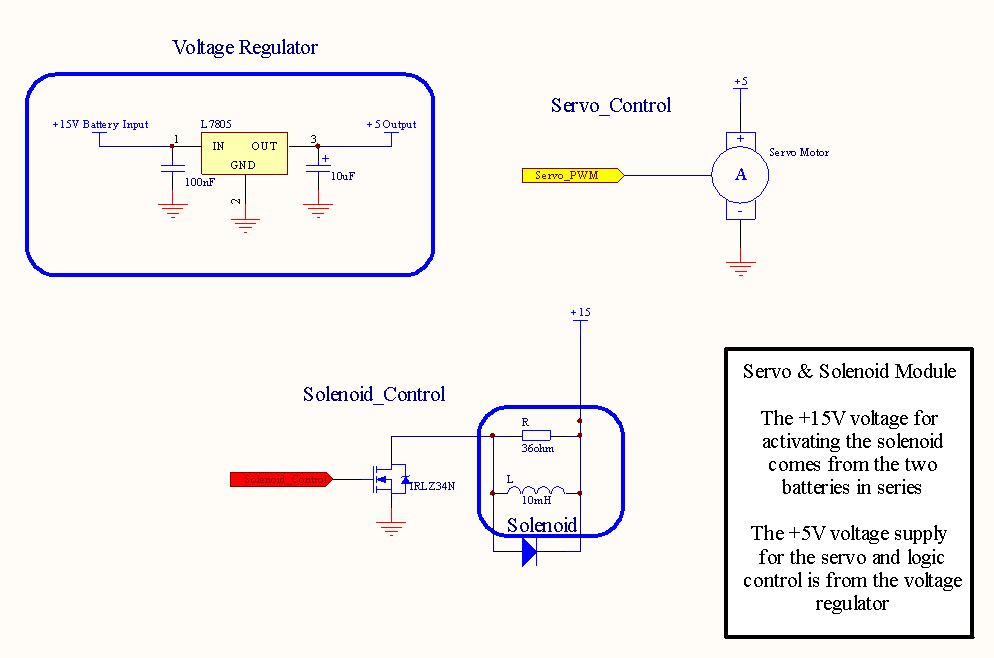
Simple Knock Alarm With Piezo Sensor

This circuit utilizes a thin piezoelectric sensor to detect vibrations caused by impacts on a surface, such as a door or table. Essentially, it amplifies and...
The circuit design incorporates a piezoelectric sensor, which is sensitive to mechanical stress and converts it into an electrical signal. When a surface is struck, the sensor generates a voltage proportional to the intensity and frequency of the vibrations. This signal is typically very weak and requires amplification for further processing.
An operational amplifier (op-amp) is commonly used in the circuit to amplify the sensor's output. The op-amp can be configured in a non-inverting mode to provide a gain that is adjustable, allowing for fine-tuning based on the specific application and sensitivity requirements. The gain can be set using resistors in the feedback loop of the op-amp.
To filter out noise and enhance the accuracy of the signal, a band-pass filter may be implemented. This filter allows only the desired frequency range of vibrations to pass through while attenuating unwanted signals. Capacitors and resistors are arranged in a specific configuration to define the cutoff frequencies of the filter.
The amplified output can then be connected to a microcontroller or a digital signal processor (DSP) for further analysis. The microcontroller can be programmed to respond to specific vibration patterns, enabling applications such as security systems, where the detection of a knock on a door could trigger an alarm or notification.
Power supply considerations are also essential in the design. The circuit may require a stable voltage source, which can be achieved using a battery or a power adapter, depending on the intended use case.
Overall, this circuit effectively transforms mechanical vibrations into an electrical signal, amplifies it, and prepares it for further processing, making it suitable for various applications in sensing and monitoring environments.This circuit uses a thin piezoelectric sensor to sense the vibrations generated by knocking on a surface; eg, a door or table. Basically, it amplifies and.. 🔗 External reference
The circuit design incorporates a piezoelectric sensor, which is sensitive to mechanical stress and converts it into an electrical signal. When a surface is struck, the sensor generates a voltage proportional to the intensity and frequency of the vibrations. This signal is typically very weak and requires amplification for further processing.
An operational amplifier (op-amp) is commonly used in the circuit to amplify the sensor's output. The op-amp can be configured in a non-inverting mode to provide a gain that is adjustable, allowing for fine-tuning based on the specific application and sensitivity requirements. The gain can be set using resistors in the feedback loop of the op-amp.
To filter out noise and enhance the accuracy of the signal, a band-pass filter may be implemented. This filter allows only the desired frequency range of vibrations to pass through while attenuating unwanted signals. Capacitors and resistors are arranged in a specific configuration to define the cutoff frequencies of the filter.
The amplified output can then be connected to a microcontroller or a digital signal processor (DSP) for further analysis. The microcontroller can be programmed to respond to specific vibration patterns, enabling applications such as security systems, where the detection of a knock on a door could trigger an alarm or notification.
Power supply considerations are also essential in the design. The circuit may require a stable voltage source, which can be achieved using a battery or a power adapter, depending on the intended use case.
Overall, this circuit effectively transforms mechanical vibrations into an electrical signal, amplifies it, and prepares it for further processing, making it suitable for various applications in sensing and monitoring environments.This circuit uses a thin piezoelectric sensor to sense the vibrations generated by knocking on a surface; eg, a door or table. Basically, it amplifies and.. 🔗 External reference





